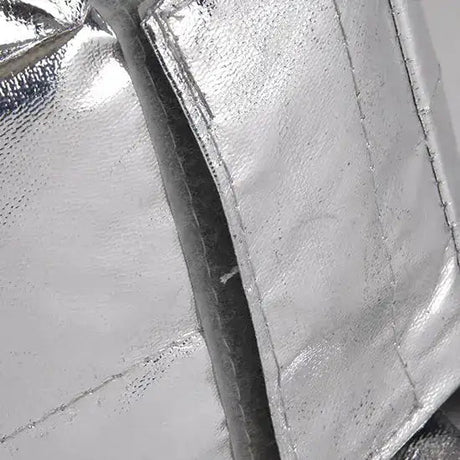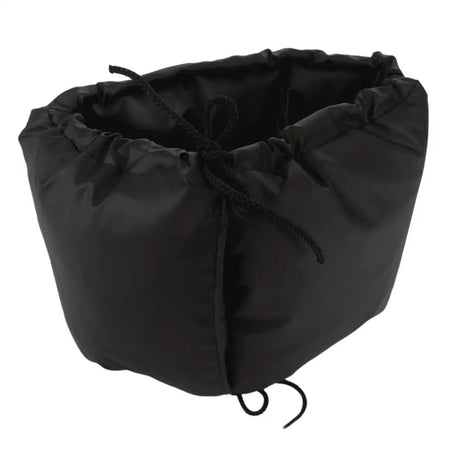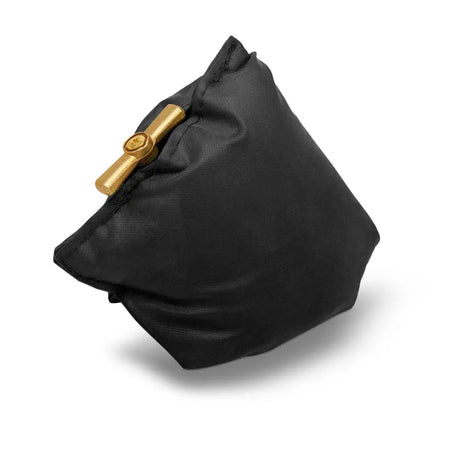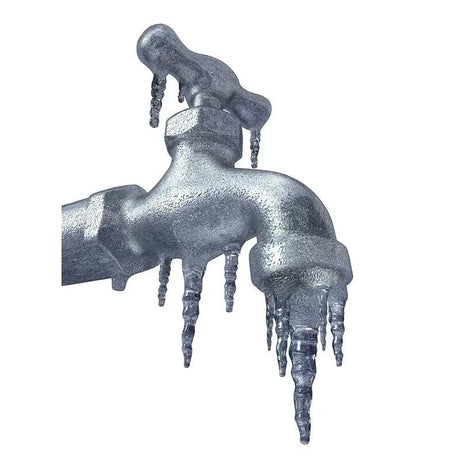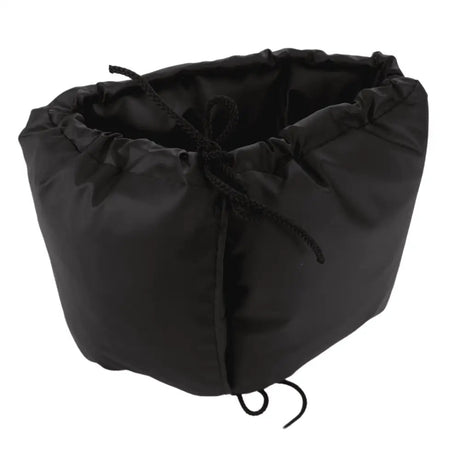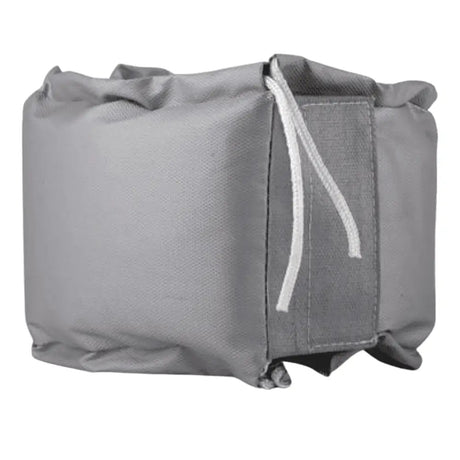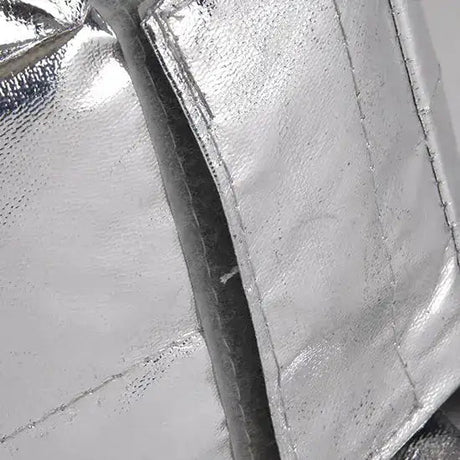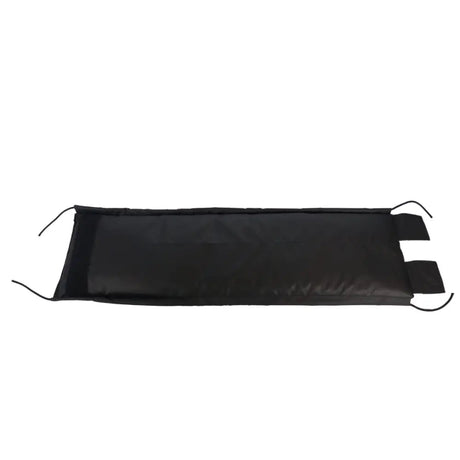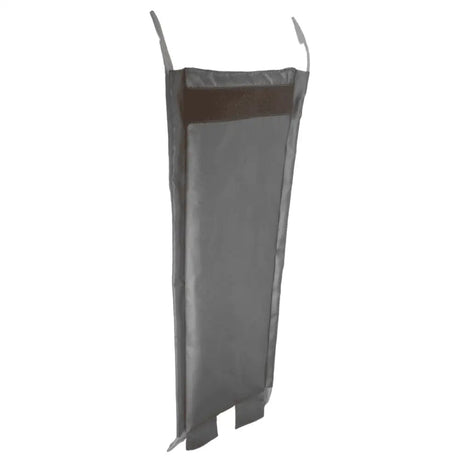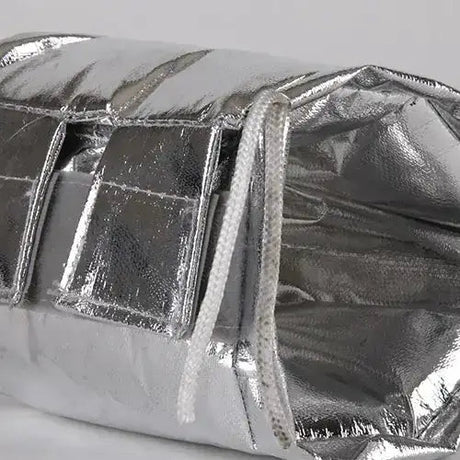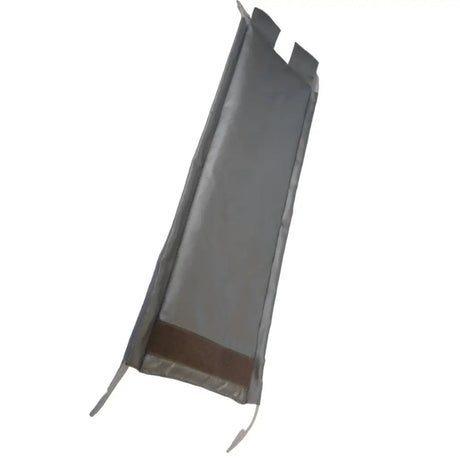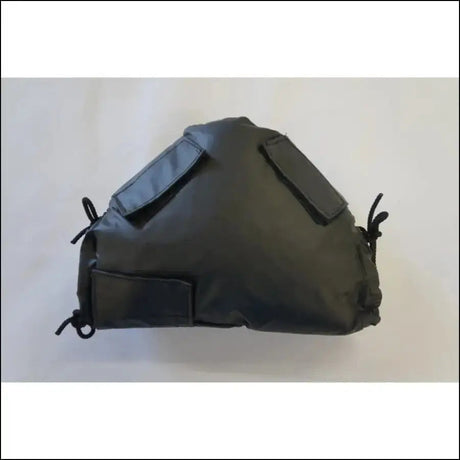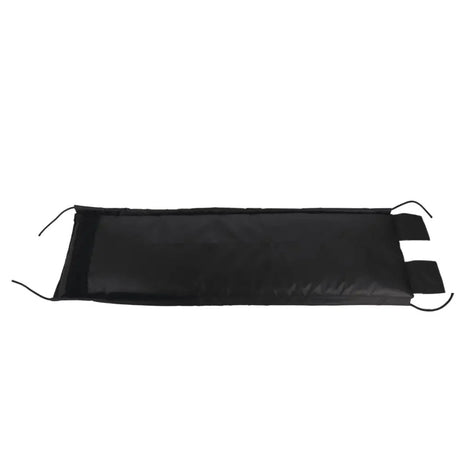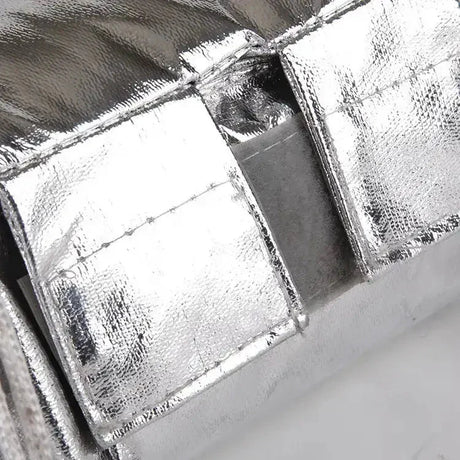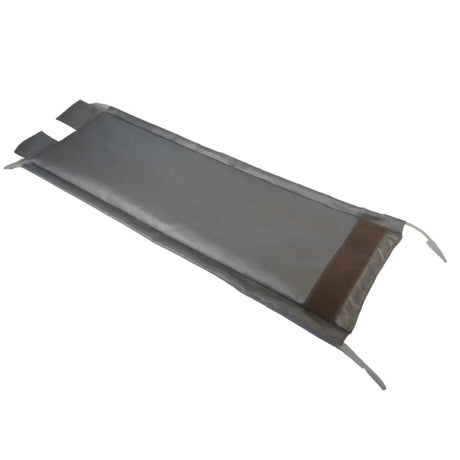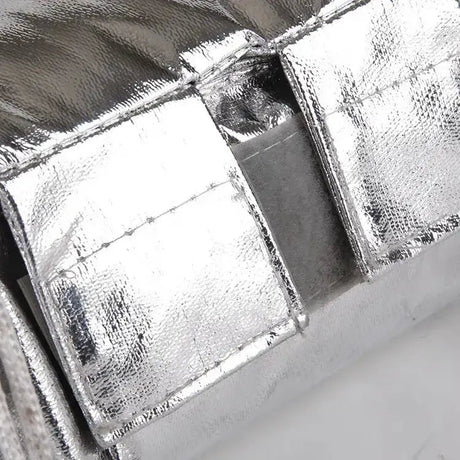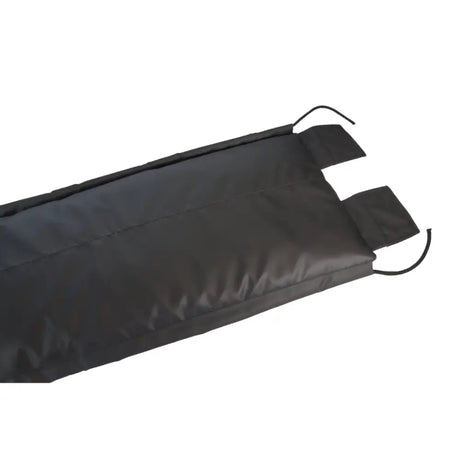Eco-Friendly Waterproof Sealants
Introduction
When we talk about eco-friendly waterproof sealants, what exactly springs to mind? These are not just any old gooey substances that keep water at bay; they are the superheroes of sealants, championing both the protection of our homes and the planet. The importance of using eco-friendly options can't be overstated – it's all about locking out leaks without locking us into a cycle of environmental harm. So, why should we go green with our sealant choices? Let's dive in and discover the world of sealants that give us peace of mind without giving Mother Nature a headache.
Types of Eco-Friendly Waterproof Sealants
In the realm of eco-friendly sealants, there's a variety that caters to different needs. Each has its own set of pros and cons, like characters in a play, each with their unique quirks.
Silicone-based Sealants
Advantages
Silicone-based sealants are like the flexible acrobats of the sealant circus. They can stretch and bend, making them perfect for areas that see a lot of movement. They're also non-toxic once cured, which means they can be used safely around the house without worrying about toxic fumes.
Disadvantages
However, even acrobats have their limits. Silicone sealants can be more expensive and sometimes less breathable, which might not be ideal for all applications. They're also not the easiest to paint over, which could be a bit of a snag if you're aiming for a seamless look.
Acrylic-based Sealants
Advantages
Acrylic-based sealants are the all-rounders – the jack-of-all-trades. They're generally more cost-effective and can be painted over, making them a popular choice for indoor jobs where aesthetics are important. Plus, they offer decent flexibility and adhesion.
Disadvantages
On the flip side, they're not as robust as silicone when it comes to withstanding extreme temperatures or UV exposure. They might shrink over time too, which means they may not be the best choice for outside use where they'll face the full brunt of the British weather.
Polyurethane-based Sealants
Advantages
Polyurethane-based sealants are the strongmen of the group. They boast excellent durability and resistance to wear and tear, making them ideal for areas that need a tough, long-lasting barrier against the elements.
Disadvantages
But, as with all strongmen, they can be a bit rough around the edges – difficult to apply and not as environmentally friendly due to their chemical composition. They also require more caution when it comes to handling and application due to their more potent chemical makeup.
Hybrid Sealants
Advantages
Hybrid sealants are the new kids on the block, combining the best bits of silicone and polyurethane. They're flexible, paintable, and offer strong adhesion. It's like getting the best of both worlds, with a cherry on top.
Disadvantages
However, as with every newcomer, they can come with a higher price tag. Plus, being newer, they might not have the same track record as their more established counterparts, which could give some users pause for thought.
Benefits of Eco-Friendly Waterproof Sealants
Choosing an eco-friendly sealant isn't just about jumping on the green bandwagon; it's about tangible benefits that can make a real difference.
Environmental Impact
Reduced Carbon Footprint
By opting for eco-friendly sealants, you're essentially giving the planet a high five. These sealants often come with a lower carbon footprint – they're made with less energy and produce fewer emissions during manufacturing. It's a small step for sealant, but a giant leap for sustainability.
Biodegradability
And let's not forget biodegradability. Many eco-friendly options are designed to break down more easily once they've served their purpose, which means less lingering in landfills and more peace of mind for those of us who fret about the legacy we're leaving behind.
Health Benefits
Reduced Exposure to Harmful Chemicals
It's not just about the world outside; it's also about our own personal environments. Eco-friendly sealants can reduce exposure to harmful chemicals, which is a big win for anyone who's ever felt dizzy after a bout of DIY.
Indoor Air Quality Improvement
Better air quality indoors is another breath of fresh air, quite literally. By reducing the levels of VOCs (Volatile Organic Compounds), eco-friendly sealants help to keep the air in your home as clean as a whistle, which is nothing to sniff at.
Applications of Eco-Friendly Waterproof Sealants
Eco-friendly sealants are not just a one-trick pony; they have a variety of uses across different industries. Let's explore where these green geniuses are making waves.
Construction Industry
Building and Construction Joints
In the construction industry, eco-friendly sealants are used to keep buildings tight as a drum. They seal joints and cracks, preventing water from waltzing in uninvited.
Roofing and Cladding
They're also up on the roof, ensuring that tiles and cladding stay put and water stays out. Because when it comes to roofs, the last thing anyone wants is an impromptu indoor shower.
Automotive Industry
Sealing Car Windows and Windshields
In the automotive world, sealants play a crucial role in keeping car windows and windshields secure. After all, a car that's leaky is about as useful as a chocolate teapot.
Sealing Joints in Vehicle Body Construction
They also help to seal the joints in vehicle body construction, ensuring that your ride remains solid and doesn't start whistling a tune through any gaps as you zoom down the motorway.
Marine Industry
Boat and Shipbuilding
On the high seas (or the local pond), eco-friendly sealants are a boat builder's best friend. They keep watercraft watertight, which is pretty important unless you fancy a swim.
Hull and Deck Sealing
Specifically, they play a crucial role in sealing the hull and deck – because no one wants to find Nemo the hard way.
Factors to Consider When Choosing Eco-Friendly Waterproof Sealants
When you're in the market for an eco-friendly waterproof sealant, there are a few key factors to consider to make sure you're picking the best fit for the job.
Durability
Longevity of the Sealant
It's not just about being green; it's about staying green for as long as possible. The longevity of the sealant is a key factor – you'll want something that's going to stick around for the long haul, not just a fly-by-night solution.
Resistance to Weathering and UV Exposure
And when it comes to withstanding the great British weather, resistance to weathering and UV exposure is crucial. There's no point in a sealant that throws in the towel at the first sign of a raindrop or a sunny day.
Application Method
Ease of Application
You'll also want to consider the ease of application. Time is money, after all, and you don't want to be wrestling with a sealant that's more stubborn than a mule.
Compatibility with Different Surfaces
Compatibility with different surfaces is another box to tick. It's no good having a sealant that plays well with wood but throws a tantrum when faced with metal or plastic.
Environmental Certifications
Recognized Eco-labels and Certifications
Lastly, look out for recognized eco-labels and certifications. They're like a seal of approval (pun intended) that tells you the product meets certain environmental standards. It's like a green thumbs up for your conscience and the planet. Continuing from where we left off:
Best Practices for Using Eco-Friendly Waterproof Sealants
Getting the best out of your eco-friendly waterproof sealants is not just about slapping it on and hoping for the best. There's an art and a science to it.
Surface Preparation
Cleaning and Drying the Surface
Before you even think about opening that tube of sealant, make sure the surface you're working with is as clean as a whistle. Any dirt or moisture can throw a spanner in the works, leading to a less effective seal.
Removal of Old Sealant Residues
And if you're resealing, take the time to remove any old sealant residues. It's a bit like removing old wallpaper before you paint – a clean slate means a better finish.
Application Techniques
Proper Use of Applicator Tools
Using the right tools for the job is half the battle. A good applicator can mean the difference between a job that looks like it's been done by a pro and one that looks like it's been done by a toddler with a tube of toothpaste.
Correct Joint Design and Dimensions
Don't forget about joint design and dimensions. Too wide a gap and you'll be using more sealant than necessary; too narrow and it won't be effective. It's about finding that Goldilocks zone – just right.
Maintenance and Reapplication
Regular Inspection and Maintenance Schedule
Once your sealant is in place, don't just forget about it. Regular inspection and maintenance can help catch any issues before they become problems. It's like checking your car's oil – a bit of TLC can go a long way.
Guidelines for Resealing and Touch-Ups
And when it comes to resealing and touch-ups, follow the manufacturer's guidelines. They're the experts, after all, and they'll know how best to ensure their product keeps doing its job effectively.
Challenges and Limitations of Eco-Friendly Waterproof Sealants
While eco-friendly waterproof sealants are a boon for the environmentally conscious, they do come with their own set of challenges and limitations.
Performance Compared to Traditional Sealants
One potential hiccup is performance. While eco-friendly options have come a long way, some may still lag behind their less environmentally friendly cousins in terms of performance. It's like comparing a zippy sports car to a reliable family hatchback – sometimes, you're trading a bit of oomph for a cleaner conscience.
Cost Considerations
Then there's the cost. Unfortunately, going green can sometimes mean spending more green – at least upfront. Eco-friendly sealants can come with a higher price tag, though it's worth weighing this against the potential health and environmental savings down the line.
Availability and Variety of Eco-Friendly Options
And finally, variety and availability can be an issue. While there are plenty of options out there, you might not find the same breadth of choice as you would with traditional sealants. It's a bit like vegetarian options at a barbecue – they're there, but they might not be as plentiful.
Conclusion
In wrapping up, it's clear that eco-friendly waterproof sealants offer a compelling package of benefits. They help to protect our blue planet while keeping our homes and vehicles shipshape. They're the silent guardians against moisture and decay, working tirelessly behind the scenes.
So, why not make a sustainable and responsible choice next time you're in the market for a sealant? Sure, they may come with a few challenges, but the benefits – for both your immediate environment and the wider world – are undeniable. It's about taking a step in the right direction, and every journey towards sustainability begins with choices like these.
In the end, it's not just about sealing gaps; it's about bridging the gap between our needs and the needs of our planet. By opting for eco-friendly waterproof sealants, we're making a statement that we care – about our health, our homes, and our habitat. So, go ahead, make the switch, and seal the deal on a greener future!




